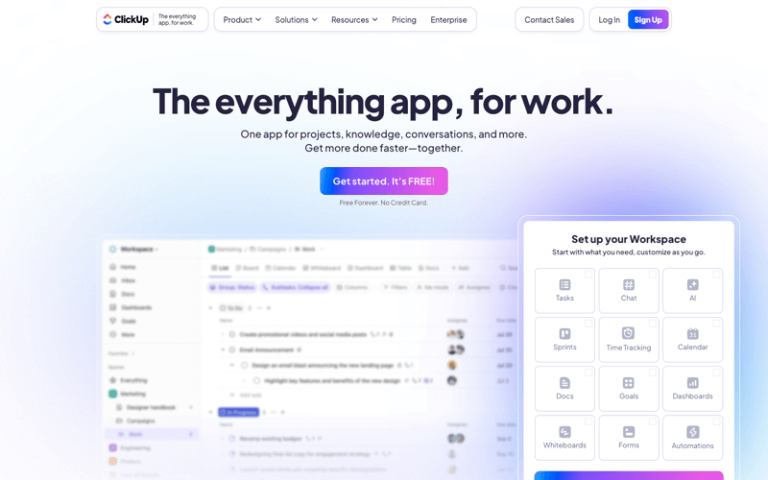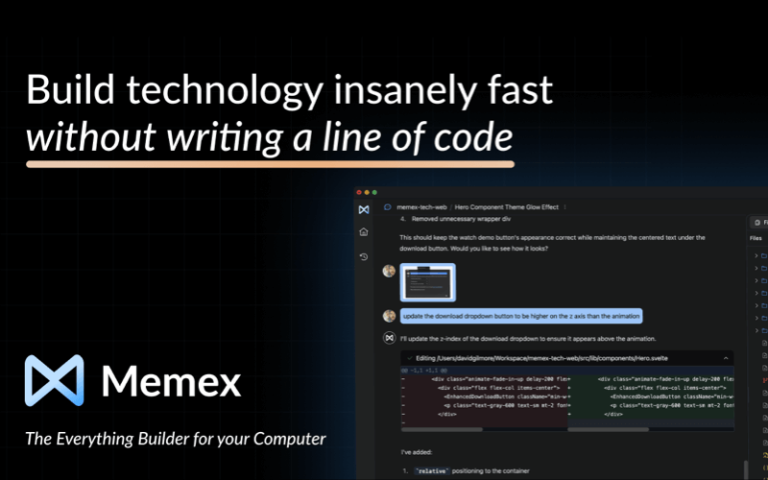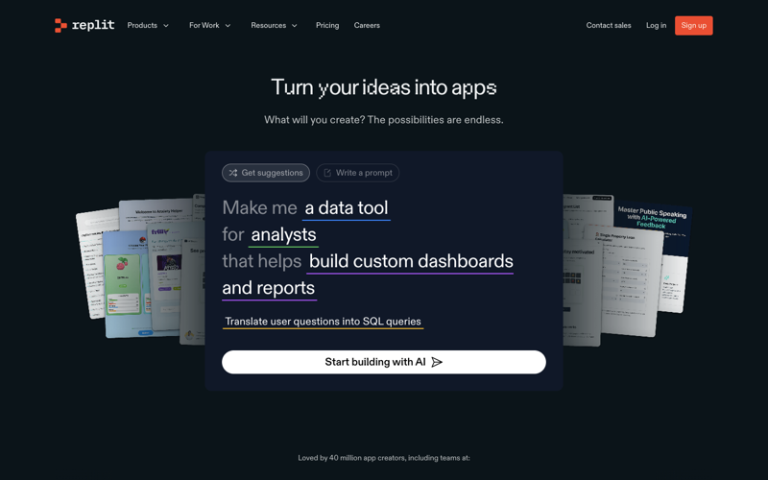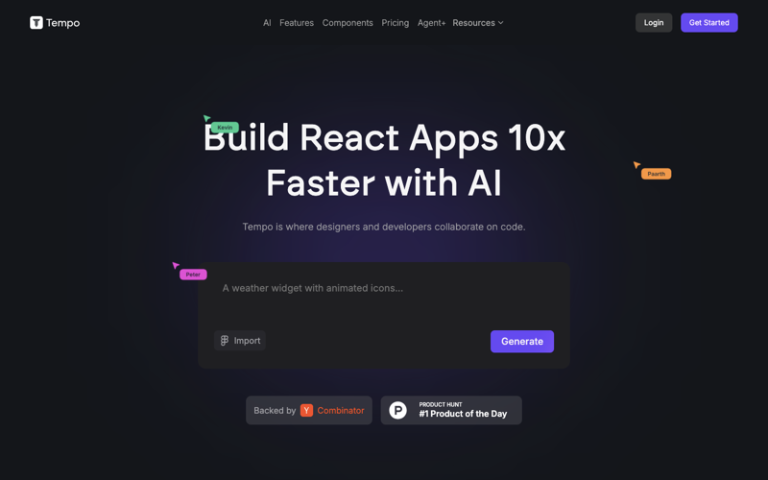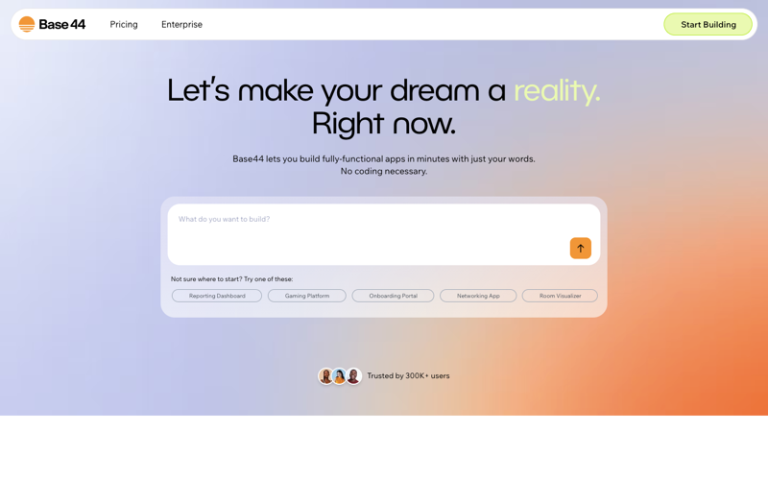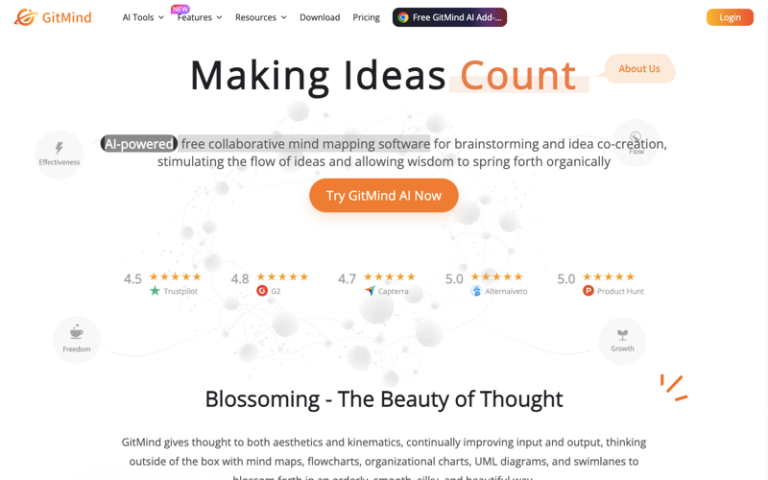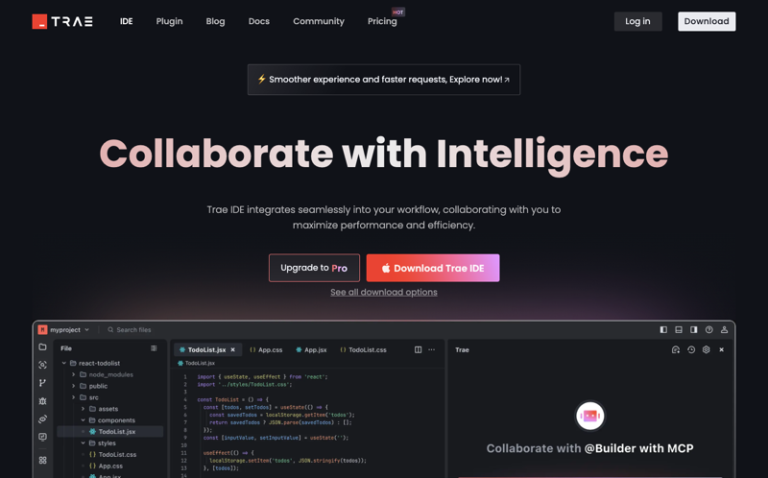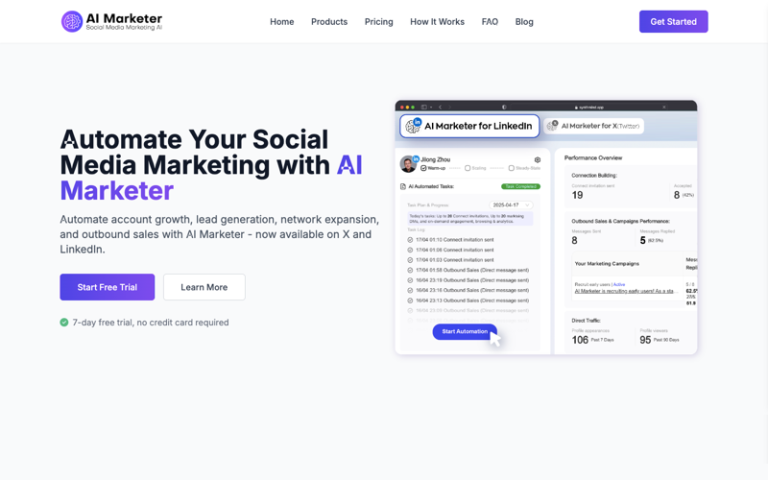Home » AI Tools » AI Productivity » Workik
Workik
Introduction: Workik is a powerful, AI-first development suite built to accelerate full-stack, backend, and database workflows with deep context awareness and collaborative features.
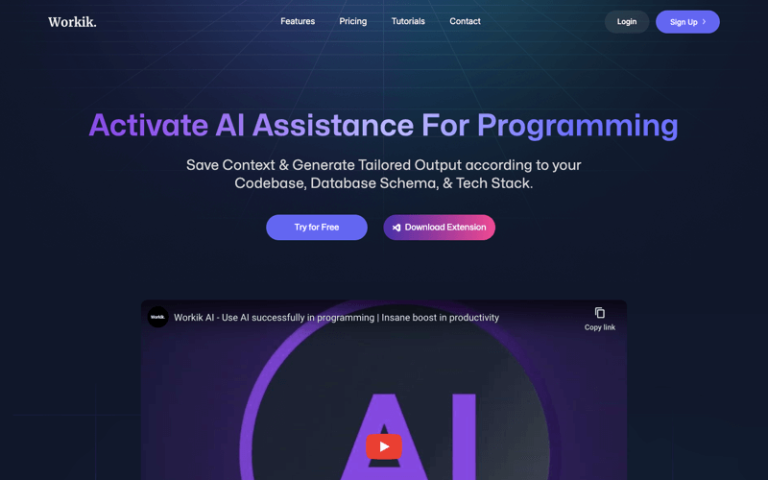
What is Workik?
Workik is an AI-driven development environment that helps craft backend and frontend code, generate documentation, build workflows, and manage databases—all through context-aware AI assistance. The platform supports everything from full-stack application generation to AI-powered documentation and team collaboration.
Main Features
- Context-Aware Code Generation & AI Assistance: Provide your codebase, API schemas, or database context (via GitHub, Postman, swagger, files); then ask Workik to generate code snippets, debug, refactor, or add new features. It supports languages like JavaScript, Python, Java, Go, C#, PHP, and frameworks such as React, Node.js, Django, and more.
- AI Application Generator: Describe your app idea in natural language and Workik will scaffold a full-stack application—frontend, backend, database—and deliver a downloadable zip file ready to deploy.
- AI-Powered Database Tools: Visualize, model, and manage database schemas with visual ER diagrams. You can generate, optimize, explain queries, create smart mock data, and auto-generate database documentation—all AI-assisted.
- AI Bots & Workflows: Build AI agents for Slack or Discord for instant assistance, or set up workflows to automate code reviews, data reporting, deployment, and logs parsing.
- AI-Powered Documentation & Explanations: Automatically document codebases and databases. Use AI to explain code, generate tests, troubleshoot, and refactor—ideal for onboarding or code clarity.
- Collaboration & Workspaces: Invite teammates, assign roles (editor/viewer), share contexts and prompts, and collaborate across workspaces with history tracking.
Pros and Cons
- Comprehensive AI assistance across code generation, documentation, database tasks, and workflows
- Multi-language & framework support, including mobile (React Native, Flutter), backend, and SQL/NoSQL
- Strong team collaboration features, with shared environments and prompt history
- Database visualizations and mock data generation speed testing and development
- AI workflows and bot support enhance automation and integration
- Context management in large projects may require care to keep AI outputs accurate
- Some advanced features (like AI bots) may need setup or technical familiarity
How to Use Workik?
- Sign up and create an environment: Use templates, AI setup, or start from scratch. Add context such as repos, databases, API specs, and packages.
- Add project context: Connect your GitHub, Bitbucket or upload schemas, swagger, config files—the more context, the smarter the AI suggestions.
- Use AI assistance for tasks: In chat mode: ask for code additions, debugging, tests, refactoring. In editor mode: apply changes instantly. Use contextual prompts to generate full features or explanations.
- Database operations: Visualize schema, generate and run queries, create mock data, and produce documentation—all with AI help.
- Collaborate with your team: Invite members to workspaces, share outputs, track history and work across environments seamlessly.
- Generate and export apps: Describe your app, preview structure, build, and download ready-to-run code via zip file.
